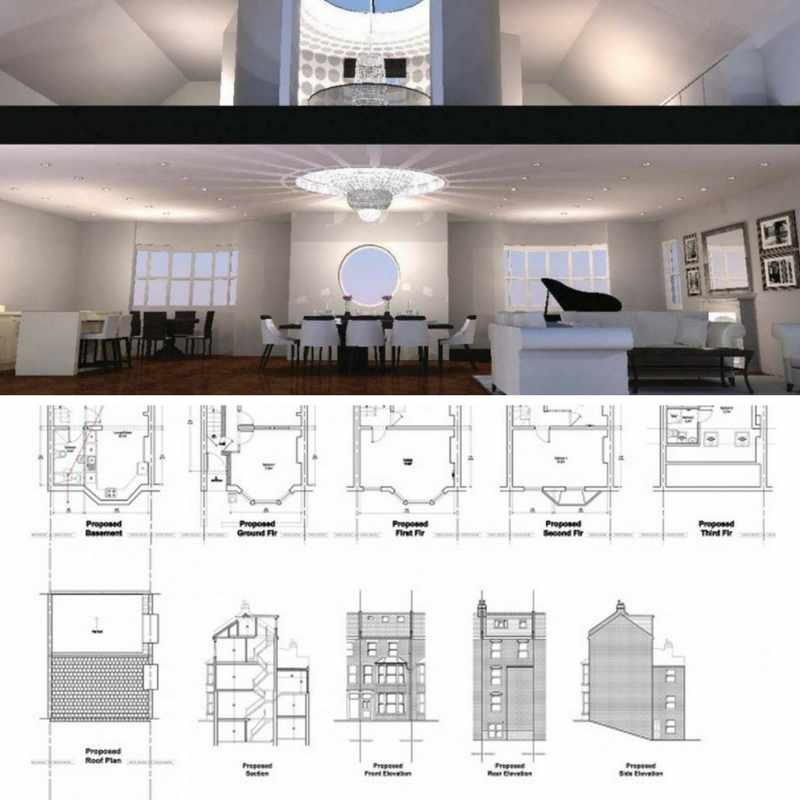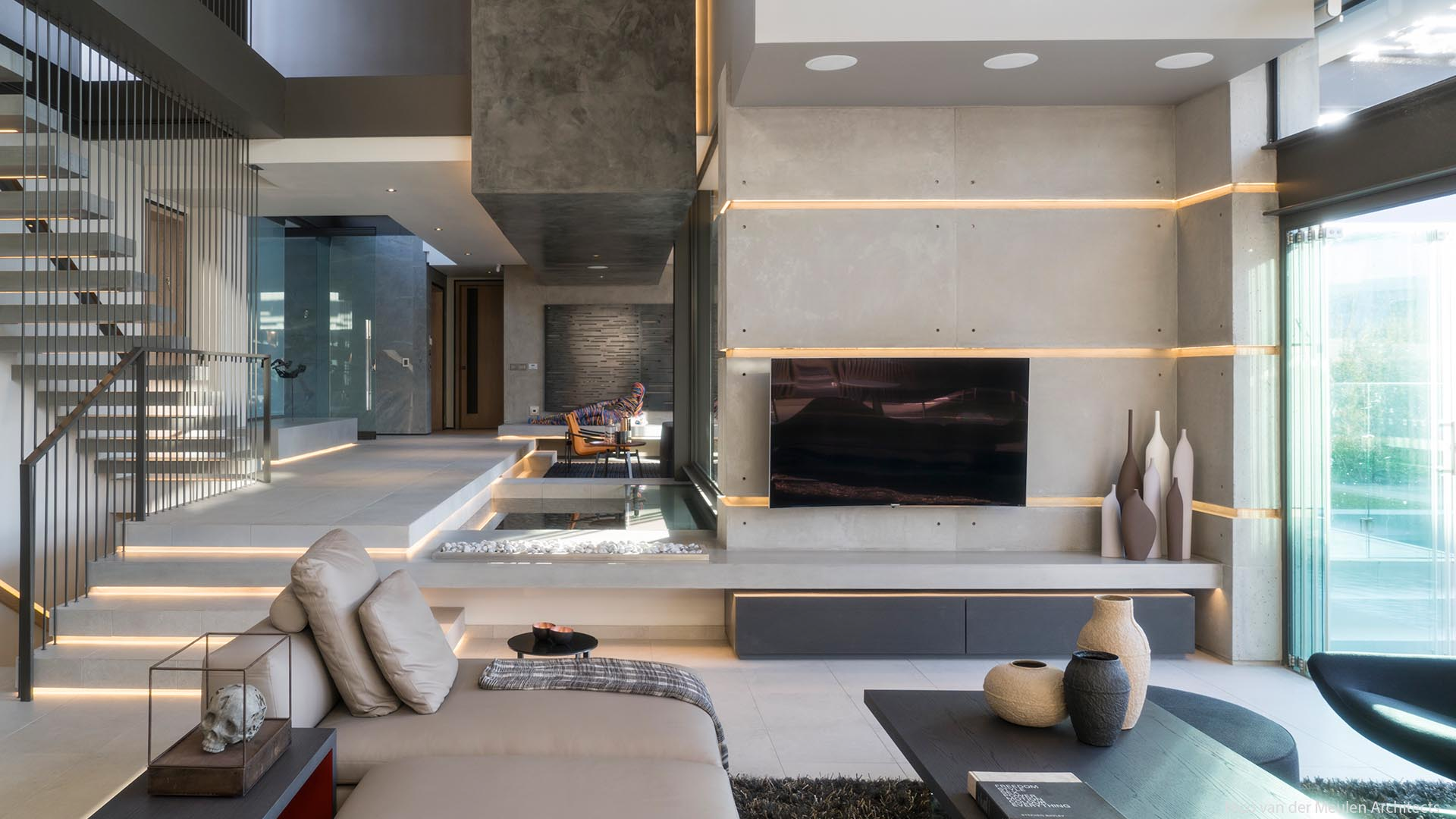Gorgeous Rustic Home Design for Nature-Inspired Living
Gorgeous Rustic Home Design for Nature-Inspired Living
Blog Article
The Art of Balance: Just How Interior Design and Home Engineer Collaborate for Stunning Results
In the world of home style, striking a balance in between visual appeals and capability is no little task. This delicate stability is accomplished via the harmonious cooperation between indoor designers and designers, each bringing their one-of-a-kind know-how to the table. The result? Areas that are not just visually magnificent but likewise extremely habitable. This perfect blend is not constantly easy to achieve. Remain with us as we explore the ins and outs of this joint process and its transformative influence on home layout.
Understanding the Core Differences Between Interior Decoration and Home Design
While both interior layout and home style play vital roles in creating cosmetically pleasing and practical spaces, they are naturally different techniques. It deals with the 'bones' of the framework, working with spatial measurements, load-bearing walls, and roof styles. On the other hand, indoor design is extra concerned with enhancing the sensory and visual experience within that framework.
The Synergy In Between Home Architecture and Interior Decoration
The harmony between home style and Interior Design depends on a shared vision of layout and the enhancement of useful aesthetic appeals. When these two fields straighten harmoniously, they can change a living space from ordinary to amazing. This partnership calls for a deeper understanding of each self-control's principles and the capability to develop a cohesive, cosmetically pleasing environment.
Unifying Style Vision
Unifying the vision for home design and Interior Design can create a harmonious living room that is both functional and visually pleasing. The equilibrium begins with an incorporated mindset; designers and indoor designers collaborate, each bringing their experience. This unison of ideas develops the style vision, a plan that guides the project. This shared vision is crucial for consistency throughout the home, guaranteeing a liquid change from outside architecture to interior areas. It advertises a collaborating strategy where architectural elements complement Interior Design elements and the other way around. The outcome is a natural space that reflects the property owner's character, way of life, and preference. Thus, unifying the design vision is crucial in blending architecture and Interior Design for stunning outcomes.
Enhancing Practical Visual Appeals
How does the harmony in between home design and Interior Design boost practical aesthetic appeals? This synergy enables the production of areas that are not only aesthetically attractive but additionally easily functional. Architects prepared with their structural design, making certain that the area is useful and effective. The interior developer then enhances this with very carefully selected components that improve the visual appeals without endangering the capability. This unified partnership can result in homes that are both livable and stunning. For example, a designer might create a house with big home windows and high ceilings. The indoor developer can then highlight these attributes with sheer drapes and high plants, respectively, therefore boosting the aesthetic charm while keeping the practical benefits of all-natural light and space.
Value of Cooperation in Creating Balanced Spaces
The cooperation in between indoor designers and designers is critical in creating balanced spaces. It brings consistency in between layout and design, providing birth to areas that are not only aesthetically pleasing yet additionally useful. Checking out successful collaborative strategies can provide understandings right into exactly how this synergy can be effectively attained.
Balancing Style and Architecture
Equilibrium, a crucial facet of both Interior Design and architecture, can just genuinely be accomplished when these two areas work in consistency. This consistency is not merely a visual factor to consider; it affects the functionality, durability, and eventually, the livability of an area. Interior developers and engineers should understand each various other's roles, value their experience, and interact effectively. They have to think about the interaction of structural elements with decoration, the flow of areas, and the impact of light and shade. This collaborative procedure results in a cohesive, well balanced style where every component contributes and has an objective to the overall visual. Balancing layout and architecture is not just regarding developing gorgeous areas, yet about crafting areas that function seamlessly for their residents.
Successful Collective Methods

Instance Researches: Effective Combination of Style and Design
Checking out a number of case researches, it ends up being apparent just how the successful assimilation of interior layout and design can transform an area. Architect Philip Johnson and indoor designer Mies van der Rohe teamed up to create an unified balance in between the structure and the inside, resulting in a seamless circulation from the outside landscape to the inner living quarters. These instance research studies underscore get more info the profound influence of a successful style and architecture partnership.

Getting Rid Of Obstacles in Design and Design Collaboration
Regardless of the indisputable advantages of a successful partnership between interior layout and architecture, it is not without its difficulties. Architects may focus on structural stability and safety and security, while designers concentrate on convenience and style. Efficient interaction, mutual understanding, and compromise are critical to conquer these obstacles and achieve a effective and harmonious collaboration.

Future Trends: The Evolving Relationship In Between Home Architects and Inside Designers
As the globe of home design continues to progress, so does the relationship between architects and interior designers. Conversely, interior developers are embracing technical facets, influencing overall design and capability. The future promises a much more natural, cutting-edge, and adaptive method to home style, as engineers and designers continue to obscure the lines, cultivating a relationship that really symbolizes the art of equilibrium.
Verdict
The art of equilibrium in home design is achieved through the harmonious partnership between indoor developers and designers. An understanding of each various other's techniques, reliable interaction, and shared vision are crucial in creating visually spectacular, practical, and inviting areas. In spite of difficulties, this partnership promotes growth and development in style. As the connection between home designers and interior designers evolves, it will proceed to form future fads, boosting convenience, effectiveness, and personal expression in our space.
While both indoor layout and home design play important roles in developing cosmetically pleasing and practical spaces, they are naturally various disciplines.The harmony in between home architecture and indoor style lies in more info a common vision of style and the enhancement of useful looks.Combining the vision for home architecture and indoor style can develop an unified living space that is both useful and visually pleasing. Thus, unifying the style vision is important in blending design and interior style for spectacular outcomes.
Exactly how does the harmony between home style and interior layout improve useful aesthetic appeals? (Winchester architect)
Report this page